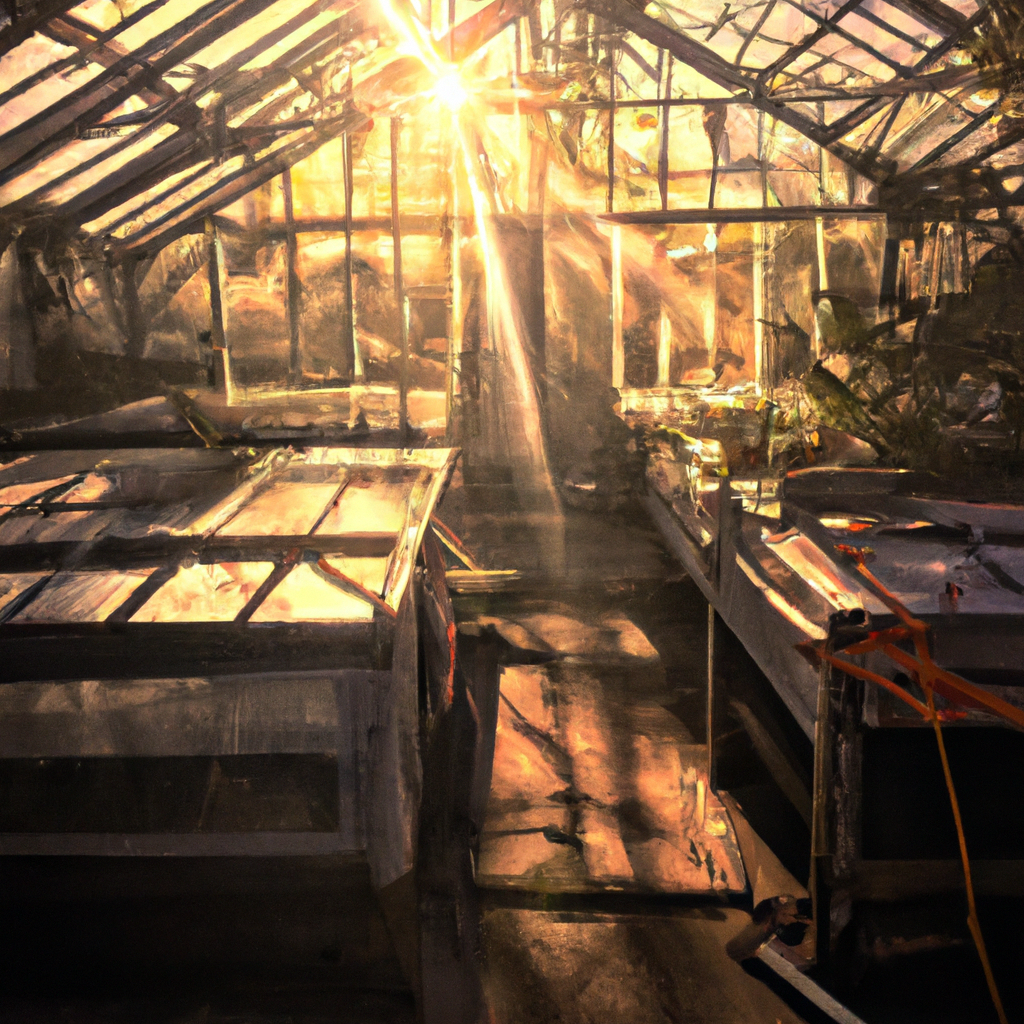Greenhouses are an essential element in the modern farming and gardening industry, providing a controlled environment for plants to thrive throughout the year. The design of greenhouses has come a long way in recent decades, with various shapes and features now available to suit the specific needs of different plants. In this article, we'll focus on the conventional greenhouse shape with vertical sides - a classic design that remains popular worldwide. We'll explore its features, benefits, limitations, and tips for making the most of this traditional greenhouse design. So if you're considering building or upgrading your greenhouse system, keep reading to learn all there is to know about the conventional greenhouse shape with vertical sides!
Introduction to Conventional Greenhouse Shape
The conventional greenhouse shape with vertical sides is popular among growers for its simplicity and practicality. As mentioned in the previous sections, the roof structure of a conventional greenhouse is sloping and flat, connecting to the vertical sidewalls. This design allows for easier water drainage and structural integrity. Rafters serve as the primary vertical supports of the greenhouse, which are spaced at regular intervals depending on the strength requirements. While polygonal greenhouses are gaining popularity, the conventional shape still offers a straightforward and reliable option for growers. In the following sections, the benefits of vertical sides in greenhouses and the advantages of conventional greenhouses will be discussed further.
Understanding the Structure of a Greenhouse
Understanding the structure of a greenhouse is crucial for designing and constructing a functional and efficient space for growing plants. A typical greenhouse consists of side walls, end walls, side posts, and rafters as the primary vertical support. The conventional greenhouse shape with vertical sides and a sloping roof is widely used among amateur and commercial growers. The roof angle of a gable-style greenhouse plays a vital role in determining snow sliding and ventilation. Depending on the size and style of the greenhouse, it can take on various shapes, including polygonal and A-frame designs. Greenhouse covering materials are also essential, with glass being the traditional choice. The vertical location of side vents can influence the spatial heterogeneity of the climate variables within a greenhouse. In summary, a greenhouse's structure encompasses multiple factors that can impact its functionality, and understanding them is essential.
Rafters as Primary Vertical Supports for Greenhouses
The backbone of any greenhouse structure is its rafters. These horizontal beams run the length of the greenhouse and provide the necessary vertical support to the roof. Depending on the needed strength, rafters can be placed on either 2, 3 or 4-foot centers. As the primary vertical supports for the greenhouse, they must be stable and secure. In conventional greenhouse designs with vertical sides, rafters tend to be evenly spaced to provide enough structural integrity. Overall, a greenhouse's success is primarily determined by the quality of its rafters and other support structures.
Benefits of Vertical Sides in Greenhouses
Vertical sides in conventional greenhouses offer numerous benefits to greenhouse growers. Firstly, the straight lines of vertical sides allow for easier construction and installation of shelving, ventilation and irrigation systems, and other greenhouse necessities. This also means that there is more usable space within the greenhouse and allows for plant growth optimization. Additionally, vertical sides provide better insulation and prevent heat loss, reducing energy costs and allowing for more efficient temperature control. Unlike polygonal greenhouses, vertical-sided structures are also more resilient to high winds and heavy snow loads, ensuring the safety and longevity of the greenhouse. Overall, the benefits of vertical sides in greenhouses make them a reliable and popular choice for growers looking to optimize space, efficiency, and durability.
Differences between Conventional and Polygonal Greenhouses
Regarding greenhouse design, several options are available, such as conventional and polygonal shapes. With their straight vertical sides and sloping roof, conventional greenhouses provide a practical growing space with ample headroom. Meanwhile, polygonal greenhouses often have an octagonal shape that stands out in the garden. The polygonal structure offers a unique design element, but it may not be as practical for growing certain plants as conventional greenhouses. In terms of construction, polygonal greenhouses require more precision and may be more challenging to build. Ultimately, the choice between the two designs depends on personal preference and the specific needs of the plants being grown.
Advantages of Conventional Greenhouses with Vertical Sides
Overall, conventional greenhouses with vertical sides offer a range of advantages. For starters, they provide excellent ventilation and airflow, which is essential for plant health and helps to control temperature and humidity levels. Additionally, the vertical sides provide more growing space than sloping roofs, allowing for greater crop yields. Using rafters as primary vertical supports also adds strength to the structure, making it more resilient in extreme weather conditions. While there are some differences between conventional and polygonal greenhouses, the advantages of the former make it a popular choice for growers looking to maximize plant growth and yield. Ultimately, the benefits of a conventional greenhouse with vertical sides are undeniable for those seeking a reliable and efficient way to grow crops in a controlled environment.

